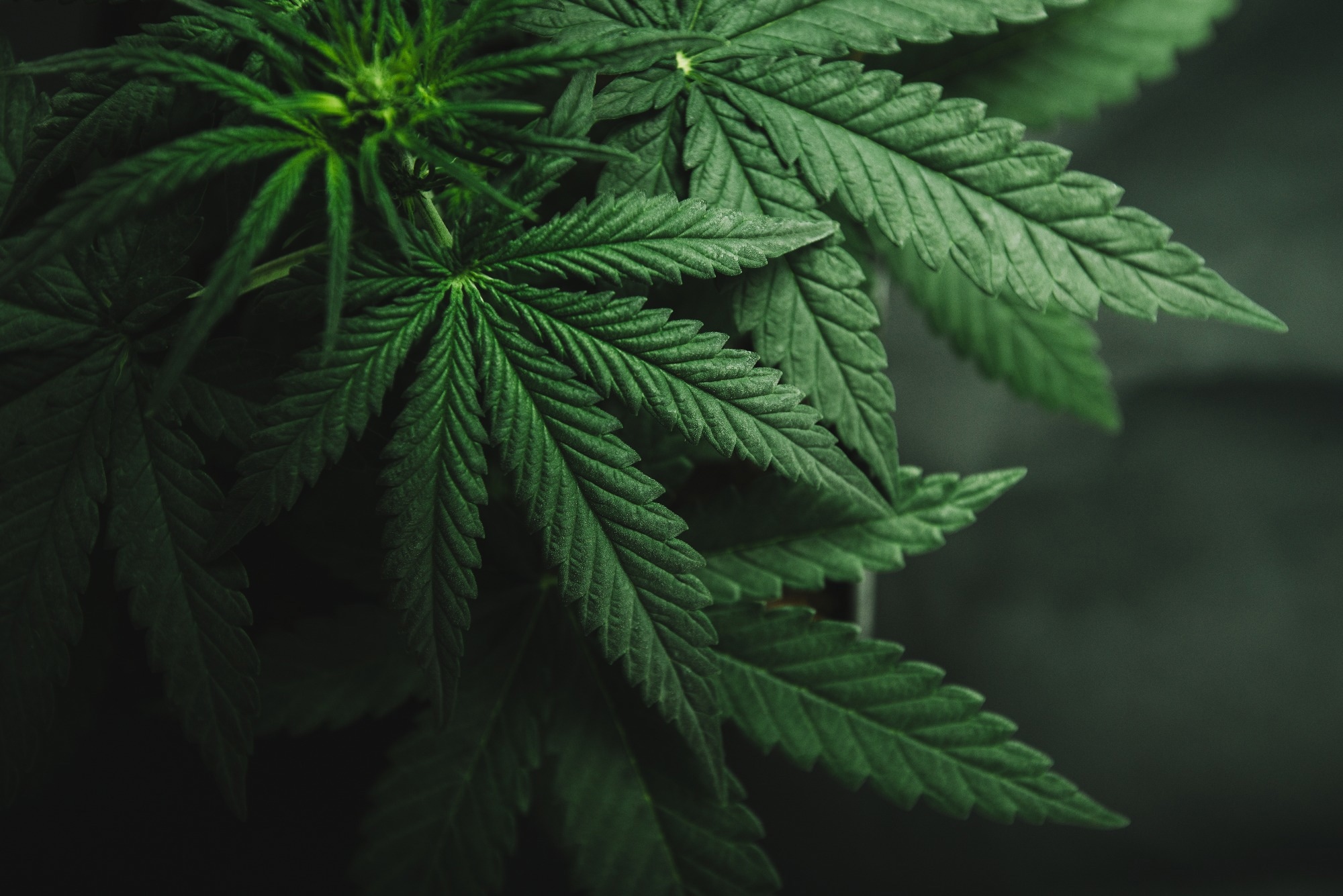Does legalizing and commercialising cannabis cause more road accidents?
In a recent study published in the JAMA Network Open Journal, researchers conducted a cross-sectional study to investigate the impacts of cannabis legalization on traffic injury in Ontario, Canada.
 Study: Cannabis-Involved Traffic Injury Emergency Department Visits After Cannabis Legalization and Commercialization. Image Credit: Yarygin/Shutterstock.com
Study: Cannabis-Involved Traffic Injury Emergency Department Visits After Cannabis Legalization and Commercialization. Image Credit: Yarygin/Shutterstock.com
Background
The recent study captured 426 cannabis-related traffic mishaps resulting in hospital emergency department (ED) admissions over the last 13 years.
They report an increase of 475.3% in cannabis-involved road injury but emphasize that market commercialization, not legalization, is responsible for this four-fold increase.
While this increase is significant, the overall proportion of road injuries involving recreational use is still minuscule and pales in comparison to the far more prevalent alcohol-involved traffic mishaps.
Impacts of cannabis legalization
Cannabis is a psychoactive drug derived from plants of the genus Cannabaceae. Native to Central and South Asia, this drug has been used for recreational, medicinal, and entheogenic purposes for centuries.
Consumed predominately via smoking, cannabis use, especially recreational, has been mostly legally banned, with hitherto only eight countries legalizing adult recreational cannabis use.
Following Uruguay, Canada became the second country globally to legalize the licensed sale of cannabis for adult recreational consumption on the 17th of October, 2018. Cannabis consumption, however, leads to intoxication symptoms, presenting an immediate risk of motor vehicle collisions, with risk duration dependent on dosage and drug acclimatization.
To counter this, the Canadian government imposed limits on blood tetrahydrocannabinol (THC) levels, allowing a maximum of 2 ng/mL, exceeding which criminal charges would be enforced on intoxicated drivers.
The impacts of cannabis legalization on traffic mishaps remain poorly understood, with only a few studies investigating the phenomenon. Most of these studies focus on the United States (US) context, with only two studies conducted in Canada.
Results from this research are confounding, with some studies reporting increases in fatal motor vehicle accidents, while others report no change in baseline vehicle mishap trends following cannabis legalization.
Notably, most data on cannabis-involved road accidents, especially in Canada, overlap with the coronavirus disease 2019 (COVID-19) pandemic, during which vehicle movement was largely restricted.
Therefore, a need exists to compare trends in cannabis-involved vehicle collisions before and after legalization while accounting for reductions in accidents overall during the pandemic.
About the study
In the present study, researchers aimed to investigate population-level changes in traffic injury ED admissions pre- and post-nonmedical cannabis legalization in Ontario, Canada’s most populous province (14.3 million individuals in 2018).
Their repeated cross-sectional study design followed the Strengthening the Reporting of Observational Studies in Epidemiology (STROBE) guidelines, with data acquired from a database that captured 100% of ED visits.
Researchers included motor vehicle, cyclist, and pedestrian ED visit data from January 2010 to December 2021, excluding individuals below 16 (legal Canadian driving age). Data was divided into three exposure periods:
“before legalization (January 2010-September 2018), after legalization but with restricted retail stores and cannabis products (hereafter, legalization) (October 2018-March 2020), and after legalization with unlimited retail stores and expanded products (hereafter, commercialization), which overlapped with the COVID-19 pandemic (April 2020-December 2021).”
The International Statistical Classification of Diseases and Related Health Problems, Tenth Revision (ICD-10), was used to identify and classify ED visits that involved cannabis use. Along with alcohol use (the study control condition), cannabis use was coded as “Hospital Stays for Harm Caused by Substance Use.”
Research compiled additional covariate data comprising neighborhood rurality and income quantile, age, sex, and preexisting mental health or substance abuse histories.
Finally, quasi-Poisson models generated rate ratios (number of individuals per 100,000 and 1,000 traffic injury ED visits).
Collision time was included as a linear variable and used to create two independent models, one accounting for seasonality alone and the other for seasonality and time trends.
Multivariable logistic regressions were used to identify predictors of cannabis-, alcohol-, or both as responsible for ED admissions.
Study findings
Between January 2010 and December 2021, 947,604 traffic injury-related ED visits were recorded, 426 (0.04%) of which involved cannabis use. Four hundred eighteen individuals with cannabis-influenced traffic injuries were identified (eight incidents of the same individual’s involvement in more than one traffic collision).
Individuals were, on average, 30.6 years (range 18.6 to 42.6) and predominantly male (78.9%). Notably, 33% of individuals belonged to the lowest income quintile, with poorer neighborhoods having a greater likelihood of study exposure than their more affluent counterparts.
“The most common cause of cannabis-involved traffic ED visits was harmful cannabis use (n = 175, 41.1%), followed by acute intoxication (n = 141, 33.1%) and cannabis dependence or withdrawal (n = 41, 9.6%)”
Analyses revealed that over the 13-year study period, cannabis-involved ED admissions increased from 0.18 per 1,000 individuals (2010) to 1.01 in 2021 (an increase of 475.3%). Per capita, ED visitation for cannabis was observed to increase from 0.13 per 100,000 individuals (2010) to 0.54 per 100,000 individuals (2021; 326.6%), while alcohol-involved ED visitation decreased from 5.83 to 4.73 over the same duration (18.9%).
“After adjusting for season and time trends, the increase in cannabis-involved total traffic injury ED visits was no longer significant during the restricted legalization period and was reduced in magnitude during the commercialization/COVID-19 period. The time and seasonally adjusted increase (astRR) in substance-involved visits per motor vehicle traffic injuries during the commercialization/COVID-19 period remained greater for cannabis (astRR, 1.74; 95% CI, 1.03-2.96) than alcohol (astRR, 1.32; 95% CI, 1.14-1.53)”
Conclusions
The present study investigated the impacts of cannabis legalization and commercial sale for adult recreational use on traffic collision-related ED visits between 2010 and 2021 in Ontario, Canada.
Analyses of the 947,604 traffic injury-related ED visits recorded during that time revealed a four-fold increase in cannabis-related traffic collisions despite Canadian surveys finding no increase in driving following cannabis use in the province before- and after legalization. The same period saw a 19% reduction in alcohol-related incidents.
Results revealed that young male adults were most likely to cause or be involved in cannabis-involved traffic collisions, with lower-income communities at higher risk than their more affluent counterparts.
Despite the alarming increase reported, cannabis use remains a minor contributor to traffic collisions (1.01%) compared to 8.79% involving alcohol use.
In summary, this study highlights individuals at the highest risk of cannabis-involved traffic mishaps, which must be the targets for interventions using a combination of education and legislative policy to ensure that future cannabis use remains safe, both for users and those exposed to individuals enjoying the effects of the weed.
-
Myran, D. et al. (2023) "Cannabis-Involved Traffic Injury Emergency Department Visits After Cannabis Legalization and Commercialization", JAMA Network Open, 6(9), p. e2331551. doi: 10.1001/jamanetworkopen.2023.31551.https://jamanetwork.com/journals/jamanetworkopen/fullarticle/2808961
Posted in: Medical Research News | Miscellaneous News | Healthcare News
Tags: Alcohol, Blood, Cannabis, Coronavirus, covid-19, Education, Epidemiology, Hospital, Intoxication, Mental Health, Pandemic, Research, Smoking, Substance Abuse, Tetrahydrocannabinol

Written by
Hugo Francisco de Souza
Hugo Francisco de Souza is a scientific writer based in Bangalore, Karnataka, India. His academic passions lie in biogeography, evolutionary biology, and herpetology. He is currently pursuing his Ph.D. from the Centre for Ecological Sciences, Indian Institute of Science, where he studies the origins, dispersal, and speciation of wetland-associated snakes. Hugo has received, amongst others, the DST-INSPIRE fellowship for his doctoral research and the Gold Medal from Pondicherry University for academic excellence during his Masters. His research has been published in high-impact peer-reviewed journals, including PLOS Neglected Tropical Diseases and Systematic Biology. When not working or writing, Hugo can be found consuming copious amounts of anime and manga, composing and making music with his bass guitar, shredding trails on his MTB, playing video games (he prefers the term ‘gaming’), or tinkering with all things tech.